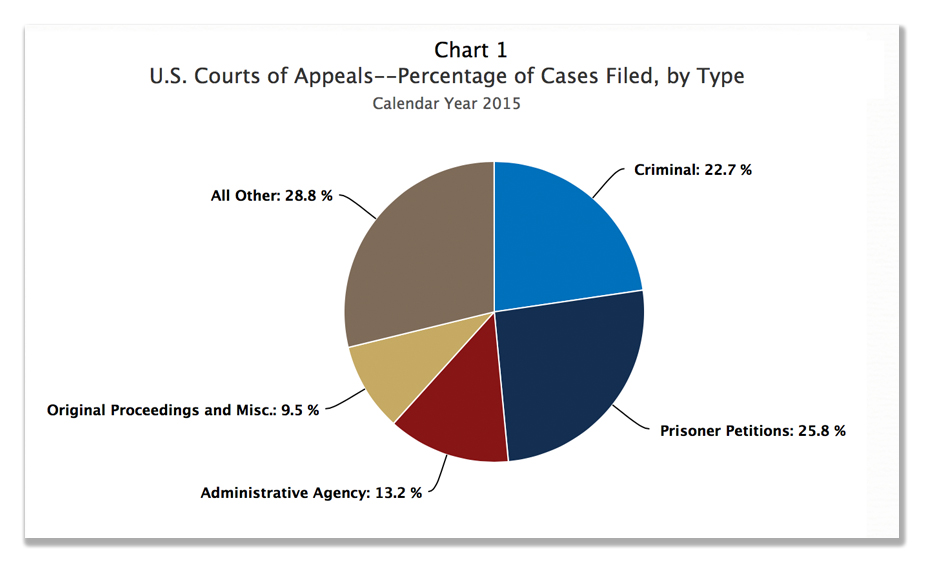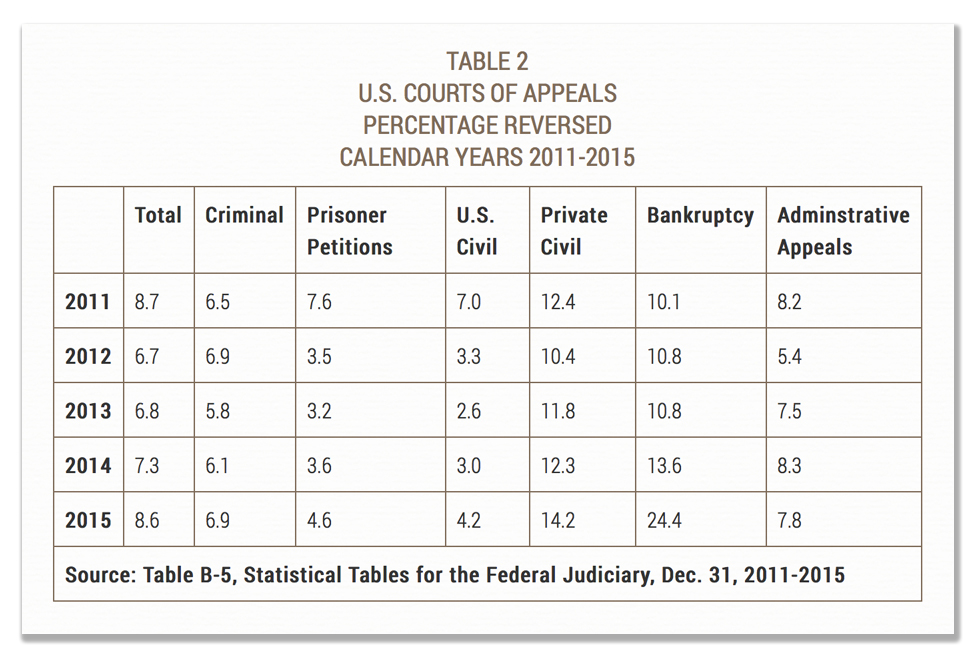We post news and comment on federal criminal justice issues, focused primarily on trial and post-conviction matters, legislative initiatives, and sentencing issues.
YOU HAVE NO FUNDAMENTAL RIGHT TO BE FREE
We have always been fans of the legal aphorism “hard cases make bad law,” but usually it is applied to an individual defendant. Need an excuse for even more draconian hate-crime laws? We give you Dylann Roof. Want to argue against modifying harsh mandatory minimum sentences for drug dealers? How about Wendell Callahan?
 But when it comes to sex crimes against kids, an entire class of defendant qualifies as a “hard case.” Who does not want to flog people like this? Even before hearing some of the justifications, such as “the 4-year old wanted it.” If any crime engenders a universal response of “lock ‘em up and throw away the key,” it’s child molestation.
But when it comes to sex crimes against kids, an entire class of defendant qualifies as a “hard case.” Who does not want to flog people like this? Even before hearing some of the justifications, such as “the 4-year old wanted it.” If any crime engenders a universal response of “lock ‘em up and throw away the key,” it’s child molestation.
That revulsion may explain this week’s U.S. Court of Appeals for the 8th Circuit reversal of a Minnesota district court decision declaring that state’s civil commitment law unconstitutional. After a sexual predator serves his time (and they’re almost always male), what do you do with him? If he’s still a predator, you subject him to civil commitment, which is nothing but a continuation of prison in mufti. The district court concluded that the Minnesita civil commitment statute was so bereft of reasonable procedures that would let a civil inmate petition for release that it was unconstitutional on its face.

The Court of Appeals first, and maybe most significantly, disagreed that people “possess a fundamental liberty interest in freedom from physical restraint.” Because of this, the Court said, the Minnesota statute would be constitutional if it only bore a rational relationship to Minnesota’s legitimate interests in keeping people it deemed dangerous off the streets.
The Court of Appeals quoted a prior Supreme Court decision that held
although freedom from physical restraint ‘has always been at the core of the liberty protected by the Due Process Clause from arbitrary governmental action,’ that liberty interest is not absolute. ‘The Court noted that many states provide for the involuntary civil commitment of people who are unable to control their behavior and pose a threat to public health and safety, and ‘it thus cannot be said that the involuntary civil confinement of a limited subclass of dangerous persons is contrary to our understanding of ordered liberty’. When considering the due process implications of a civil commitment case, the Supreme Court stated ‘at the least, due process requires that the nature and duration of commitment bear some reasonable relation to the purpose for which the individual is committed.’
The Circuit said the Minnesota statute provides “proper procedures and evidentiary standards’ for a committed person to petition for a reduction in his custody or his release from confinement. A committed person can file a petition for reduction in custody. The petition is considered by a special review board consisting of experts in mental illness and at least one attorney. That panel conducts a hearing and issues a report with recommendations to a judicial appeal panel consisting of Minnesota district judges appointed to the judicial appeal panel by the Chief Justice of the Supreme Court. Through this process, the committed person “has the right to be represented by counsel” and the court “shall appoint a qualified attorney to represent the committed person if neither the committed person nor other provide counsel.” And the committed person may file a new petition six months after the prior petition is concluded.
 The U.S. government and the 50 states have concluded that child sex predators are dangerous to society. And no one would disagree. But these mutts are “hard cases.” Where do we stop? Guys with obvious anger issues like Wendell Callahan – not to mention a predisposition to resume a drug-dealing life – are likewise a threat. Certainly, people spewing racial hatred like Dylann Roof are a threat to society, too, whether they shoot up a church or just fly a Confederate saltire from the bed of their rusty pickup truck. Perhaps these people ought to be committed as well. As well as people who think Sharia law is peachy, or that gays are going to hell.
The U.S. government and the 50 states have concluded that child sex predators are dangerous to society. And no one would disagree. But these mutts are “hard cases.” Where do we stop? Guys with obvious anger issues like Wendell Callahan – not to mention a predisposition to resume a drug-dealing life – are likewise a threat. Certainly, people spewing racial hatred like Dylann Roof are a threat to society, too, whether they shoot up a church or just fly a Confederate saltire from the bed of their rusty pickup truck. Perhaps these people ought to be committed as well. As well as people who think Sharia law is peachy, or that gays are going to hell.
The point is that about the only thing that protects us from the tyranny of the majority view, and from being punished because our views are seen by the hoi polloi as being odious, is our fundamental rights. We’ve never been fans of the doctrine of substantive due process – mainly because we could never see any constitutional justification for claiming it exists – but substantive due process right have their utility. We are at a loss to understand how Obergefell v. Hodges could find that gay marriage is a fundamental right accorded 14th Amendment protection, but the right to be free of physical restraint is not.
 If the right to be free of restraint is a fundamental one, that doesn’t mean that Peter Pervert can’t be civilly committed. Rather, it just means that the process by which he is locked up, treated and continually detained would be subject to strict scrutiny.
If the right to be free of restraint is a fundamental one, that doesn’t mean that Peter Pervert can’t be civilly committed. Rather, it just means that the process by which he is locked up, treated and continually detained would be subject to strict scrutiny.
Karsjens v. Johnson Piper, Case No. 15-3485 (8th Cir. Jan. 3, 2017)
– Thomas L. Root









 Veronica on “voice” lessons, sessions that included a sexual component. Finally,
Veronica on “voice” lessons, sessions that included a sexual component. Finally,












 The 9th concluded that “because the substitution would not have affected the court’s calendar, Yepiz was entitled to discharge his lawyer for any reason or no reason.” For that reason, the case was reversed.
The 9th concluded that “because the substitution would not have affected the court’s calendar, Yepiz was entitled to discharge his lawyer for any reason or no reason.” For that reason, the case was reversed.







 The increase in direct criminal appeals, according to the JDAO, was fueled by drug cases, mostly for drugs other than marijuana. This suggests either
The increase in direct criminal appeals, according to the JDAO, was fueled by drug cases, mostly for drugs other than marijuana. This suggests either 
